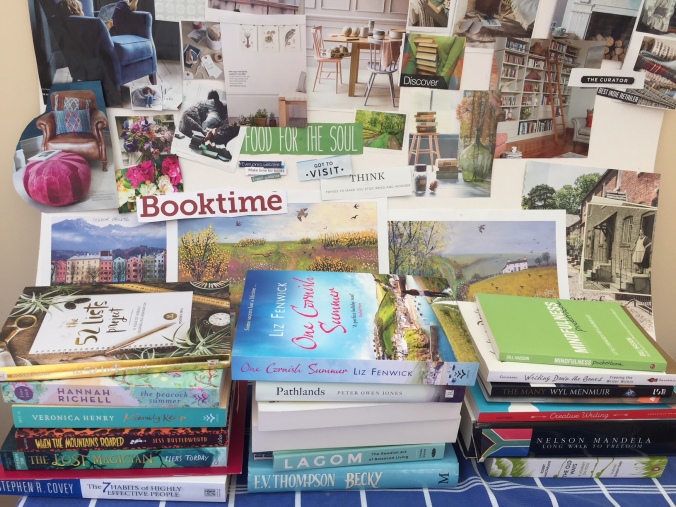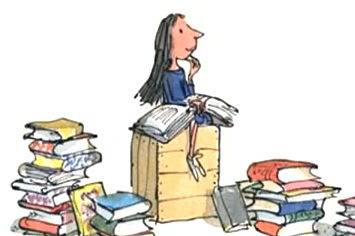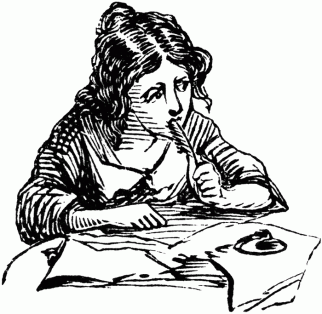I wrote the section below in January, but it stayed stuck in drafts. However, a flurry of lovely new followers has led me to believe I should pick up where I left off and start blogging again. So here is this from the start of the year and I promise to follow hot on its heels with a review or two. The photo below shows a mood board for the new bookshop and a pile of books read, being read, and to be read!

Jan 2nd 2018: My reading has reached a fast pace now and I’m cracking through books; several each week. I’ve been reading voraciously just for the sheer joy of reading. As yet, these last few months, I’ve not blogged about my reading.
I finally finished my masters receiving the results mid-December. I felt flat and rather deflated when the final marks came in. It was a year marked by incredible highs and incredible lows; a rather tumultuous one that bucked and kicked as I clung on. In the end, as autumn moved in to winter, I fell into a void. I lost my sense of direction, my drive and my enthusiasm. But I think these had to go as they were attached to my negative pushing and striving aspects that constantly criticised me for not being enough, and those around me too.
I hibernated – with books. This has been an interesting quiet and introspective time. It doesn’t feel over but, as with the sun appearing for longer each day, I’m feeling the first seeds stir in my mind. Seeds of possibility for the future. A future connected with writing, reading and books.
And so to my blog! I’m feeling the desire to review the books I read again. Keep reading as I will be posting.


